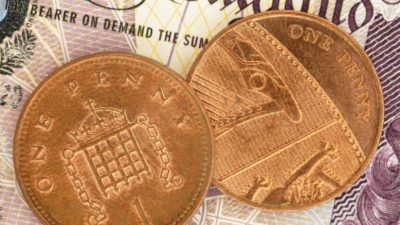BP (LSE: BP) (NYSE: BP.US) received another legal setback this month, when it failed in its latest bid to stem the tide of questionable compensation payouts in the US.
 However, I’m not convinced that Macondo really matters that much any more — in the four years since the spill, BP has conclusively proved that it is big enough to take responsibility for what happened, without sacrificing profits or shareholder returns.
However, I’m not convinced that Macondo really matters that much any more — in the four years since the spill, BP has conclusively proved that it is big enough to take responsibility for what happened, without sacrificing profits or shareholder returns.
1. Shareholder returns since Macondo: $24.2bn
Since the Macondo disaster in 2010, BP has returned $24.2bn to shareholders. Of this, $8bn was in the form of share buybacks, while the remaining $16.2bn has been through dividend payments.
At the same time, BP has spent or put aside $42.7bn to deal with the spiralling costs of the Gulf of Mexico oil spill.
In total, $66.9bn of cash has left BP’s business, in just four years — yet the firm has retained its supermajor scale, and expects to report post-tax profits of around $14.5bn this year.
2. 514p
Since the start of 2011, BP’s share price has drifted between 400p and 500p, peaking at 514p, a level it is close to, as I write. The question now is how much upside remains.
BP currently trades on a 2014 forecast P/E of 10.4, putting it at a slight discount to Royal Dutch Shell (LSE: RDSB), on 11.4. Arguably, the two companies should be rated more closely, but Shell is more profitable than BP, with an operating margin of 5%, versus BP’s 3%.
Overall, I’d argue that BP’s lower profitability, and the remaining risk from Macondo, make it fairly priced, relative to Shell. However, I believe both firms could deliver further upside for shareholders, if they continue to grow earnings and dividends at the present rate.
3. $8bn buyback to end
In March 2013, BP announced an $8bn share buyback programme. At the end of March 2014, $7.5bn of this programme had been completed. As of 11 June, BP is still repurchasing shares, but it seems fair to assume that the programme is near completion.
I believe the fundamentals are strong enough to justify BP’s share price regardless of buybacks, but the end of the programme could trigger a slight slippage, due to the reduction in the level of guaranteed daily demand for the firm’s shares.
Another big cap bargain?
I believe BP remains good value and would be happy to buy or hold the firm’s shares.






